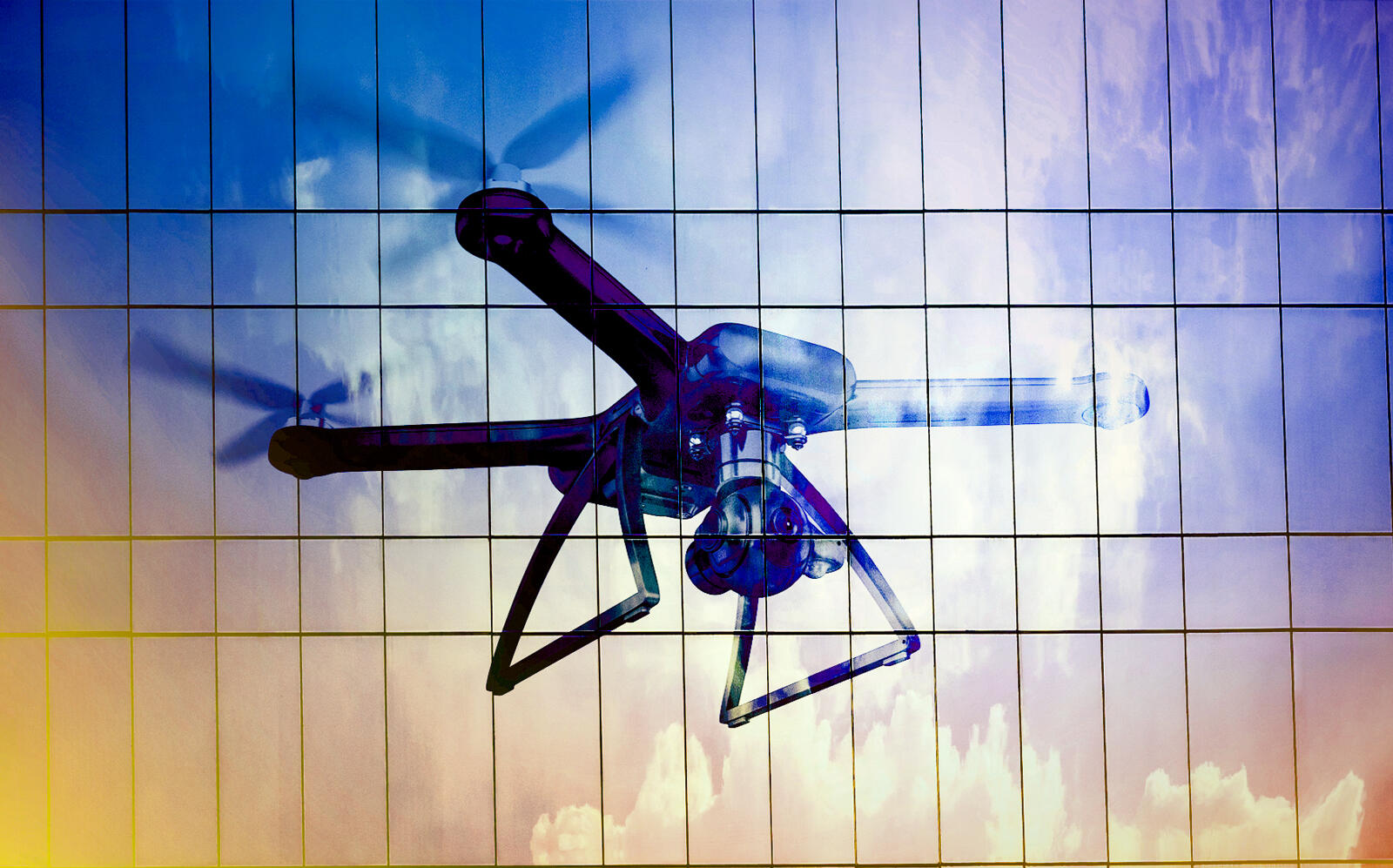On Friday it will be exactly two years since Erica Tishman was killed by falling terra-cotta as she walked past 729 Seventh Avenue.
Within a month of the architect’s death, lawmakers were debating a bill to require the Department of Buildings to study whether building façades could be inspected with drones. Now, the agency is cautiously optimistic that the technology can be part of the process — with an emphasis on cautious.
The department recently released a report saying drones might enhance a façade inspector’s ability to detect dangerous conditions, and that images from the aircraft could complement in-person, close-up examinations. The report, however, concluded that more data must be collected on the potential benefits, and that drones still cannot replace physical examinations.
Put another way, the robots are not yet coming for these jobs.
“We see the potential use of drones as collecting more visuals,” Jill Hrubecky, an engineer with the Department of Buildings and one of the report’s authors, said in an interview. “We don’t really see that it will have a significant impact on whose expertise is required.”
Read more


The city requires façade inspections every five years for buildings taller than six stories. The law was enacted following the death of 17-year-old Grace Gold, who was struck by falling masonry at a 12-story building on Broadway and West 115th Street. Four decades later, following Tishman’s death, the city stepped up enforcement and mandated additional close-up inspections of exterior walls.
Hands-on inspections from scaffolding must be performed along every 60-foot interval of street- and public-facing façade. Qualified exterior wall inspectors, or QEWIs, also must probe cavity walls, checking on spacing between masonry and the wall tie systems. The rules, which kicked in last year, specifically noted that drones could not supplant the inspections.
Carolyn Caste, director of façade compliance at Howard L. Zimmerman Architects & Engineers, noted that drones cannot be used for cavity probes, nor can they “sound” a material, meaning strike it with a hammer to test its stability. But a drone could detect a crack in terra-cotta, and perhaps provide earlier insight into what repairs are needed.
“The scope of work could be more robust and understood in advance,” Caste said. “Buildings would have a better idea of the cost and overall timeline.”
Following the July collapse of a condo building in South Florida that killed 98 people, some cities rushed to ramp up building inspections. Jersey City passed an ordinance in August that requires owners to hire a licensed expert every 10 years to inspect their building’s structure and every five years to conduct a visual façade inspection.
Stephen Varone, president of RAND Engineering & Architecture, said he advises clients in Jersey City to employ drones as part of their visual inspections, because physical examinations are not required, and rules in New Jersey are more welcoming of the technology than across the Hudson River.
New York bars aircraft from taking off from or landing except at airports and heliports, which severely limits drones’ range. The regulation would need to be altered to allow for widespread use of unmanned aircraft.
City Council members Ben Kallos and Robert Cornegy introduced a bill this week that calls on the Department of Buildings to launch a pilot program by Dec. 31, 2022, to better study the usefulness of drones for inspections.
The bill would give the agency until June 30, 2024, to examine the cost-effectiveness of drone inspections, along with their potential use in emergency situations, their ability to monitor changes in buildings’ exterior walls and other qualities. The measure specifies that drone inspections would be conducted alongside physical and up-close examinations.
A representative for the agency said it is reviewing the measure.
Varone said drones could help save building owners time and money and cut back on scaffolding for building upgrades and repairs. In the very distant future, he speculated, the city could relax some of its up-close inspection requirements in favor of drones. But the city is still a long way from that.
“There are really some things you can’t tell unless you have your hands on that façade,” he said. “They would be very loath to say, ‘Now that you use drones, you can do fewer [scaffold] drops.’”
